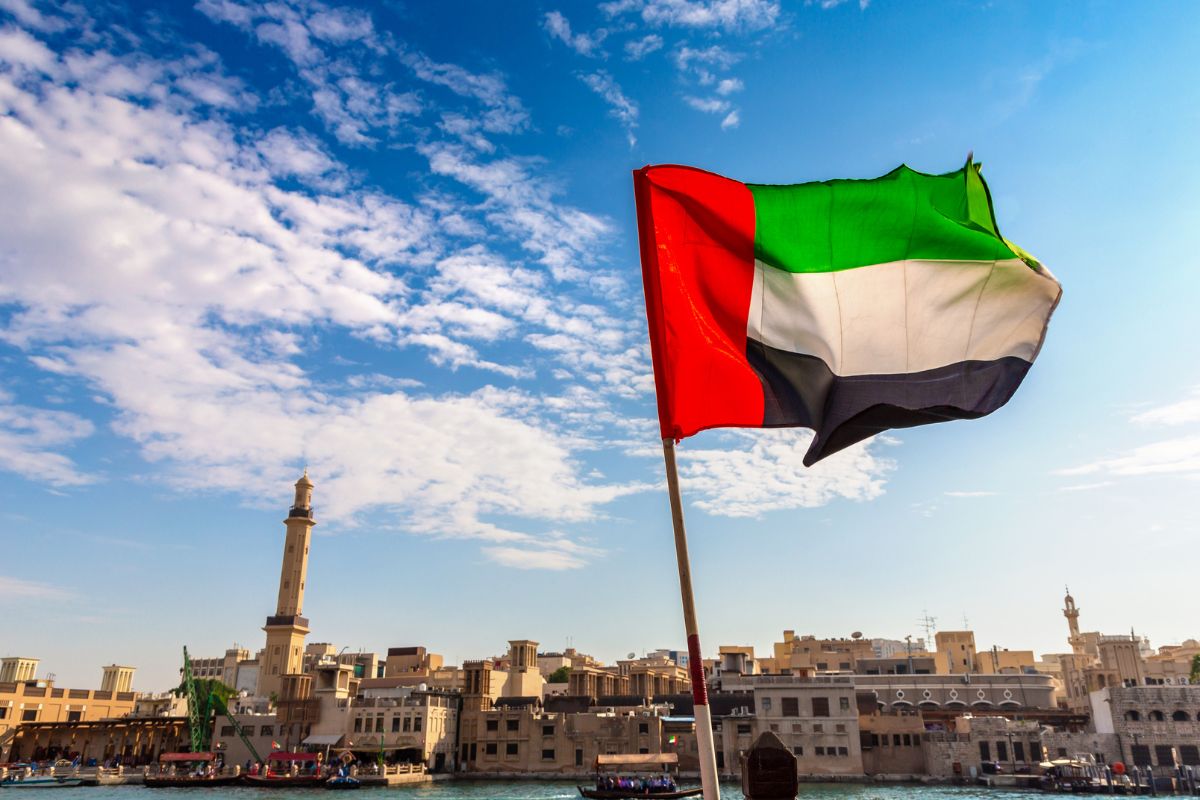In the UAE, this movement is relatively new but gaining traction quickly. The country's rapid urbanization, high living costs, and increasing awareness of sustainability provide a suitable environment for the tiny house concept to thrive.
Tiny Houses vs. Traditional Housing in the UAE
A significant factor driving the tiny house movement in the UAE is the high cost of traditional housing. The cost of flats in Dubai, UAE, for example, can be a considerable barrier for many residents. Recent data indicates that the average price per square foot for an apartment in Dubai ranges from AED 1,000 to AED 2,000, varying by location and property quality. This makes homeownership challenging for individuals and families with modest incomes.
Tiny houses, on the other hand, offer a more affordable alternative. The cost of building a tiny house in the UAE can vary but is generally lower than purchasing a traditional apartment. Factors such as house size, materials, and customization levels influence the cost. On average, a well-designed tiny house in the UAE can cost between AED 100,000 and AED 300,000. This affordability, combined with lower utility bills and maintenance costs, makes tiny houses an appealing option for those on a budget.
Environmental Benefits of Tiny Houses
Sustainability is a core principle of the tiny house movement. Tiny houses are designed to be energy-efficient and environmentally friendly, requiring fewer building materials, which reduces construction waste and resource consumption. Their smaller size also means lower energy requirements for heating, cooling, and lighting.
In the UAE, where environmental sustainability is a growing priority, tiny houses align well with national goals. The UAE government has initiated several programs to promote green building practices and reduce carbon emissions. Tiny houses can contribute significantly to these efforts by minimizing energy use and encouraging sustainable living practices.
Many tiny houses incorporate renewable energy sources like solar panels and rainwater harvesting systems, which reduce reliance on fossil fuels and promote self-sufficiency. In a country like the UAE, where water scarcity is a significant concern, the ability to collect and utilize rainwater is particularly beneficial.
The Appeal of Minimalist Living
Beyond cost and environmental benefits, the tiny house movement encourages a minimalist lifestyle. Living in a small space prompts individuals to declutter and focus on what truly matters. This shift towards minimalism can lead to a more meaningful and fulfilling life, free from the pressures of excessive consumerism.
In the fast-paced, high-pressure environment of the UAE, the appeal of a simpler, more intentional way of living resonates with many. Residents of tiny houses often report higher levels of satisfaction and well-being, attributing this to reduced financial stress and an increased focus on experiences rather than possessions.
Challenges Facing the Tiny House Movement in the UAE
Despite its promise, the tiny house movement in the UAE faces several challenges. A primary obstacle is regulatory. The UAE's building codes and zoning laws are primarily designed for conventional housing, making it complex to adapt these regulations to accommodate tiny houses. Clear guidelines and standards are necessary to ensure the safety and quality of tiny houses.
Finding suitable land for tiny houses is another challenge. In urban areas like Dubai and Abu Dhabi, land is expensive and scarce. Tiny houses may be more feasible in suburban or rural areas, but this requires careful planning and infrastructure development to support such communities.
Cultural acceptance is another hurdle. The UAE has a strong tradition of spacious and luxurious living, and the concept of downsizing to a tiny house may face resistance from some. However, as awareness of the benefits of tiny houses grows, cultural attitudes may gradually shift.
.jpg)
Case Studies: Tiny Houses in the UAE
Despite these challenges, there are already notable examples of tiny houses in the UAE. One such case is a Dubai-based architect who has designed a series of modular tiny houses that can be easily transported and assembled. These houses are made from sustainable materials and feature smart home technology to maximize efficiency and comfort.
Another example is a tiny house community in Ras Al Khaimah, where residents have embraced off-grid living. This community relies on solar power, composting toilets, and permaculture gardening to minimize their environmental impact. The success of this community demonstrates the viability of tiny houses as a sustainable and affordable housing solution in the UAE.
The Future of the Tiny House Movement in the UAE
The future of the tiny house movement in the UAE looks promising. As more people become aware of the benefits of tiny houses, demand is likely to increase, driving innovation in design and construction and leading to more efficient and cost-effective tiny house solutions.
To support this growth, policymakers must create a favorable regulatory environment. This includes developing clear building codes, providing incentives for sustainable housing, and facilitating access to land. Additionally, public awareness campaigns can help shift cultural attitudes and promote the acceptance of tiny houses as a viable housing option.
Collaboration between government agencies, architects, builders, and residents will be crucial in overcoming the challenges facing the tiny house movement. By working together, it is possible to create a sustainable and affordable housing landscape that benefits both people and the planet.
Conclusion
The tiny house movement in the UAE represents a promising shift towards sustainable, affordable, and minimalist living. While there are challenges to overcome, the potential benefits make it a worthwhile endeavor. As the movement gains momentum, it has the potential to transform the housing market and contribute to the UAE's broader goals of sustainability and quality of life.
By embracing the principles of the tiny house movement, the UAE can lead the way in innovative housing solutions that meet the needs of its residents while preserving the environment for future generations. The journey towards this vision is just beginning, and the possibilities are as vast as the desert landscape itself.






Share: